SABBI is a finance startup aiming to democratize access to private investment funds, traditionally available only to high net worth investors. To achieve this, their clients require a platform to view their investments, access monthly investment products, and make investments in them.
However, the arriving users fall into two distinct profiles: sophisticated investors and newcomers. Hence, it's essential to develop a user-friendly platform catering to both profiles, ensuring ease of use for both.
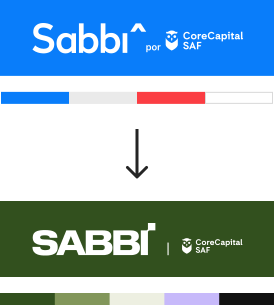
The challenge revolved around transitioning from the old design library to one aligned with the brand's new visual identity. The brandbook provided by the design agency served as a reference to create de design system, considering that it covered only typography, colors, logo, and visual references for social media usage.
The main goal was to design a digital product (my.sabbi.com) that serves as an investment platform, complemented by comprehensive financial advisory services and fostering a vibrant community for sharing insights and information regarding the investment funds on offer.

The design process started with an examination of the company's customer profiles. We strategically identified the most significant ones for our business and focused our research and subsequent platform design on these specific segments.
We identified user needs and pain points through interviews, analyzed data to clarify platform functionality, and used this analysis for benchmarking.
After initial designs, we conducted user testing to align with expectations and gather investment data insights. Visual exercises and low-fidelity wireframe reviews helped establish Design System style guidelines.
The component library defined the final design. Prototypes were created and refined through user testing, incorporating additional functional notes.
We continuously gathered user feedback and analyzed heatmaps to improve the user experience. Visual quality assurance (QA) was vital for consistent performance during changes.
The business requirement was to create a 100% digital purchasing process, allowing customers to manage their purchases independently. This involved providing the necessary information for them to choose their coverages.
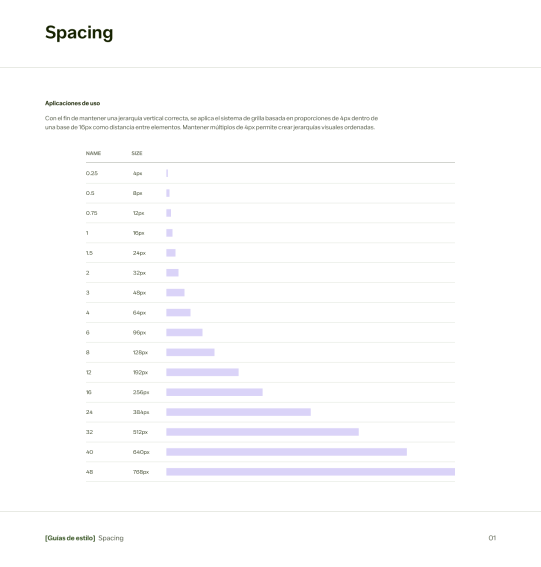
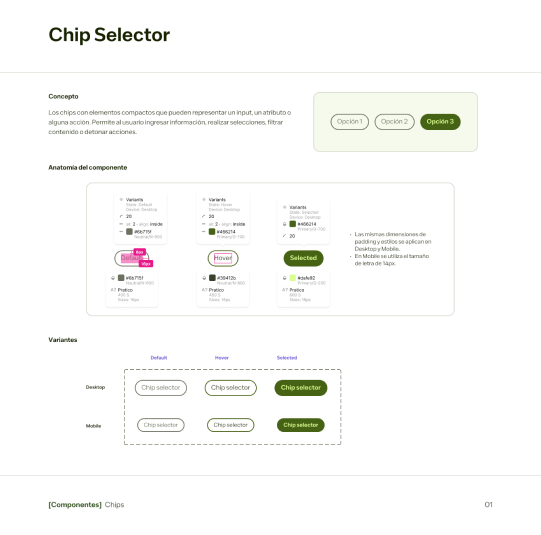
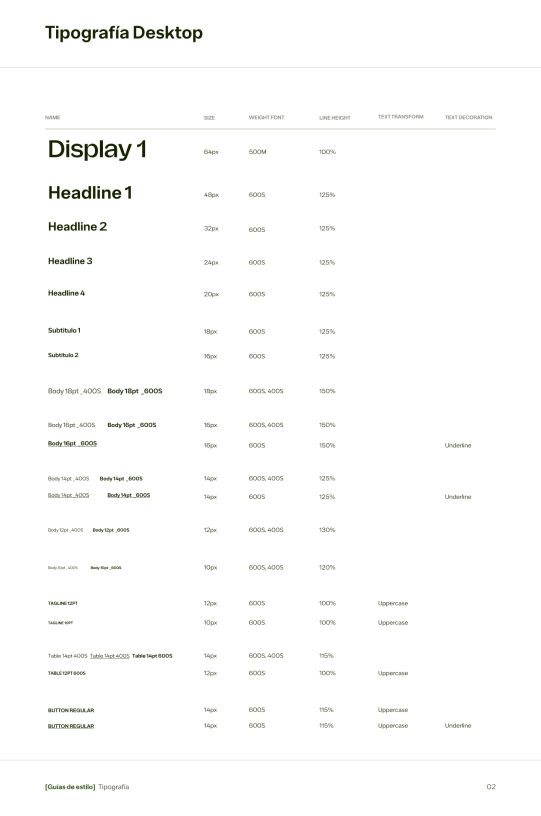

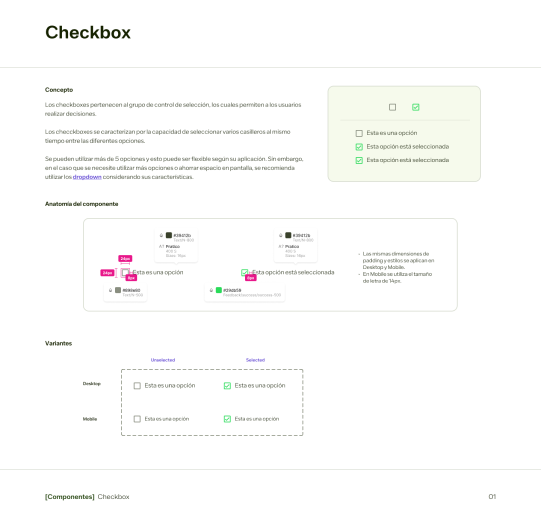
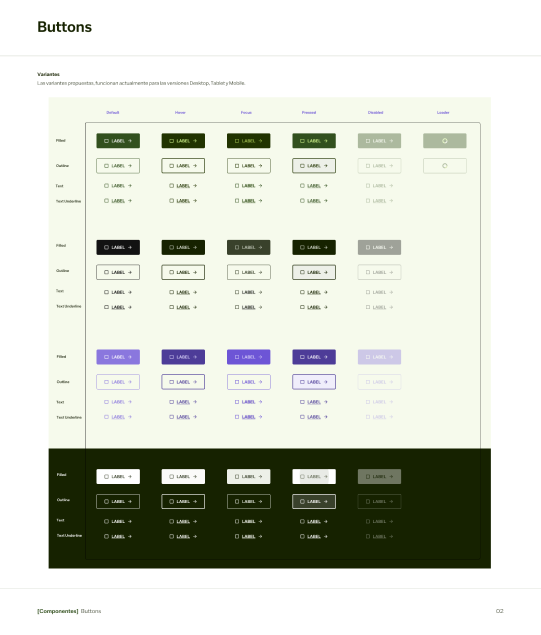
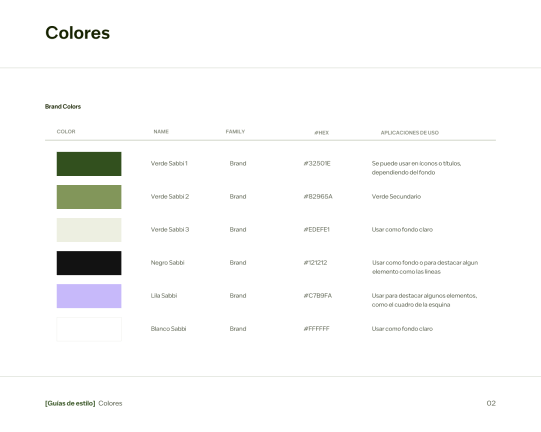
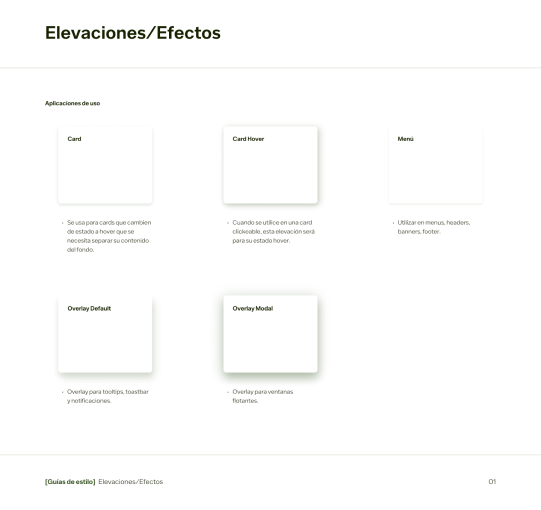
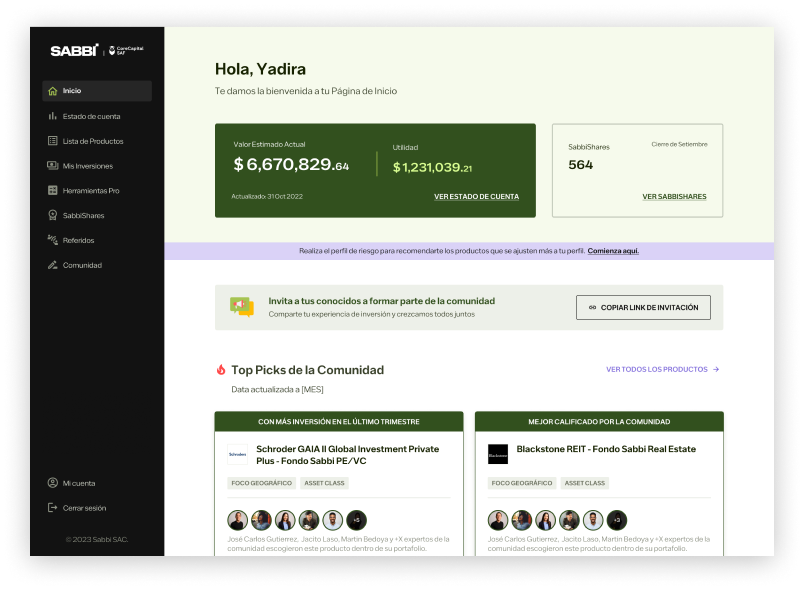
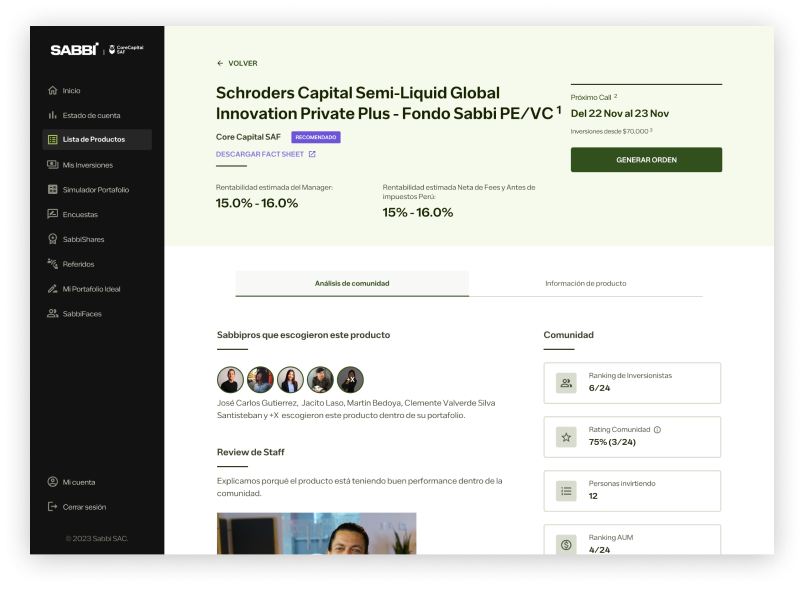
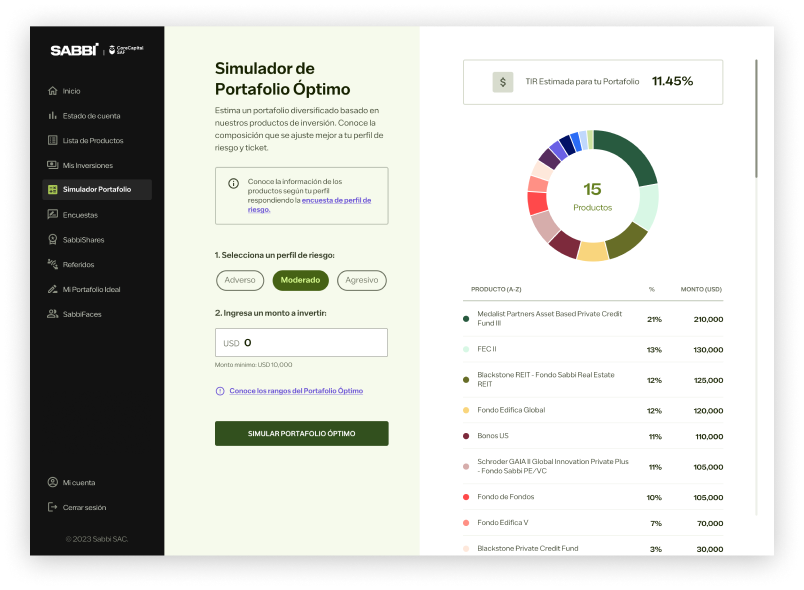
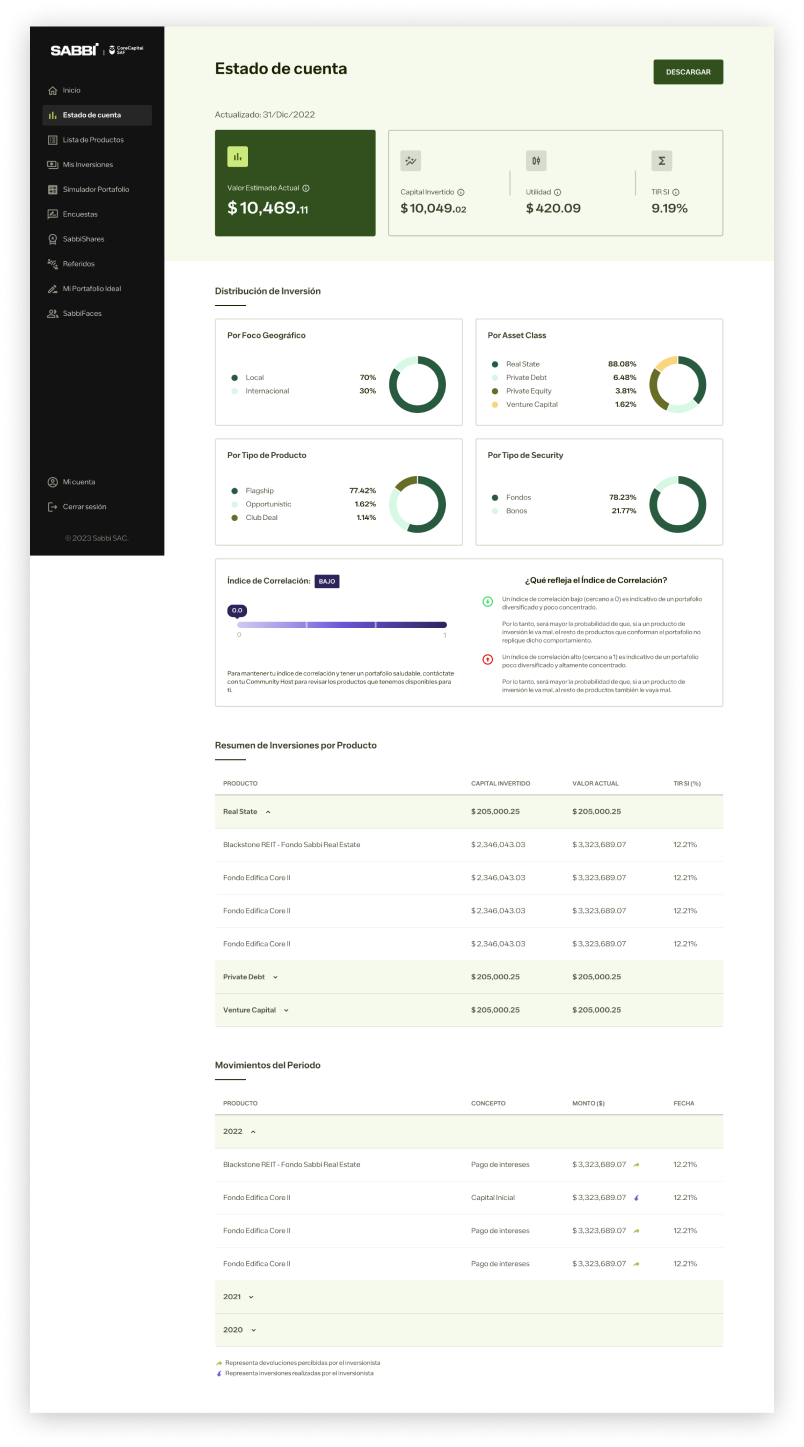
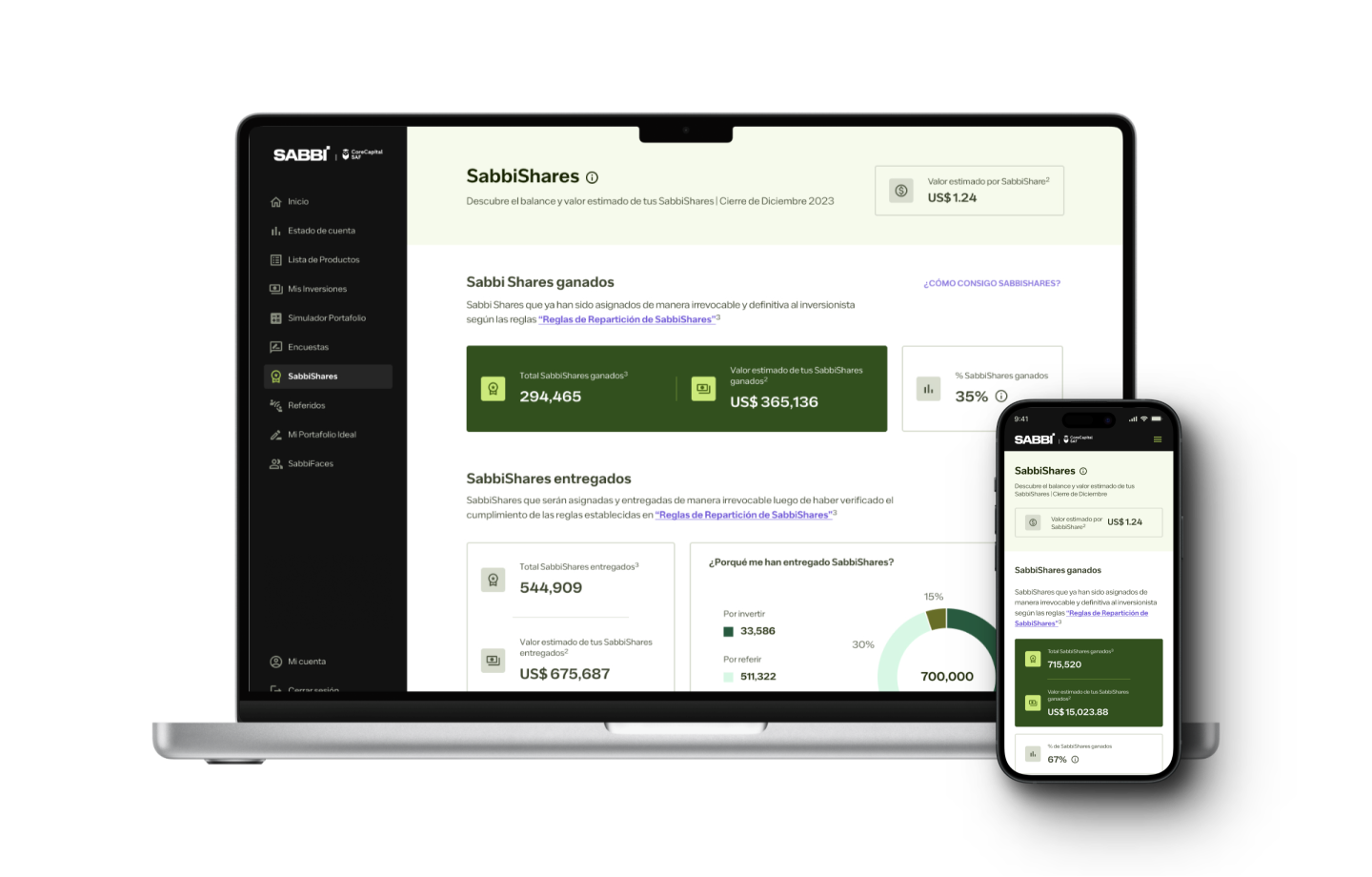
The investment product we've developed is new in the latam market for "Alternative Assets" investment. Nonetheless, we've successfully created the first investment platform for this type of investment in compliance with regulatory standards with very positive results.
users check the status of their investment on a monthly basis.
In upsellings rate thanks to interaction with platform data.
Of investments originate from the platform.
To create and implement a design system in three months, we coordinated the design and development teams, aligning time expectations and development goals. This experience taught me how to time-effectively manage the team, focusing on both the outcome and the finer details with successful results.
Cognitive biases applied to product design closely align with behavioral economics, as they involve applying psychological concepts to interfaces and data. Therefore, data visualization is crucial to understand how users digest information and how it relates to their platform behavior.